A Yellowtail is a species of saltwater fish in the taxonomic genus Seriola. Researchers place this fish species in the Carangidae family, alongside the jack, pompano, scad, trevally, lookdown, and more. When people refer to a “Yellowtail” they most often refer to the species Seriola quinqueradiata. Read on to learn about the Yellowtail.
Description of the Yellowtail
This fish has a typical “fish-like” body plan with an elongated torpedo shape and a tall, laterally flattened body. It has silvery scales on its underbelly and blue-green scales along its back.
Particularly large adults can reach nearly 5 ft. in length and weigh up to 88 lbs. However, most fish do not reach nearly this size.
Interesting Facts About the Yellowtail
This fish has a number of interesting traits and adaptations. Learn more what makes them unique, below.
- Sushi – When you eat fish buy this name at a sushi restaurant, you typically eat this species. However, a few other species go by the name “Yellowtail” as well, including dumerili and S. lalandi.
- Hamachi vs. Buri – Restaurants selling this fish under the name “Hamachi” serve you fish grown to about 6 lbs. However, the same species grown to 11 lbs. gains the name “Buri.”
- Aquaculture – People commonly raise this species in fish farms, or aquaculture. During this process, they catch the fry of wild fish and raise them in sea cages. Aquaculture of this species has wild popularity because the fish is so tasty.
Habitat of the Yellowtail
You can find this fish in salty, oceanic habitats. It primarily inhabits demersal ecosystems, or regions near the seafloor. Additionally, it generally lives in close proximity to the coast. Despite its proximity to coastal regions, this species often lives in extremely deep waters.
Distribution of the Yellowtail
This fish lives in close proximity to the coast in the Indo-Pacific region. More specifically, it lives along the coast of Japan. Its range extends along the entire Japanese coast, as well as the coast of North and South Korea, and some surrounding areas.
Diet of the Yellowtail
These predatory fish have carnivorous feeding habits and hunt for smaller animals to eat. Some common food items include small fish, shrimp, squid, and more. Smaller or younger fish feed on smaller prey, such as plankton. In fish farms, people often feed this species commercially produced pelleted food.
Yellowtail and Human Interaction
Though some fishing pressure exists, this species is commercially viable in fish farms. Through aquaculture, the pressure on the wild populations sees a drastic reduction. For this reason, they have stable populations and the IUCN lists them as Least Concern.
Domestication
Humans have not domesticated this fish in any way.
Does the Yellowtail Make a Good Pet
No, people generally do not keep these fish in home aquariums.
Yellowtail Care
Commercial aquariums sometimes keep this species to educate the public on sustainable fishing and aquaculture, or fish farms. As they live social lives in the wild, aquariums house them in schools. Many facilities also keep this fish with a variety of similar-sized species that they live near in the wild. They feed a diet of fish, squid, and crustaceans.
Behavior of the Yellowtail
This species live in groups known as schools or shoals. In their larval stage, the young fish live in the seaweed floating along the surface of the ocean. As they reach adulthood, shoals swim near the seafloor in search of prey. They also migrate seasonally to breed, and to move into warmer waters during the winter.
Reproduction of the Yellowtail
These fish breed via spawning, where the females release their eggs and the males fertilize them outside of the body. Larger females generally produce greater numbers of eggs. After fertilization, the parents show no additional investment or care towards the eggs or larval young.


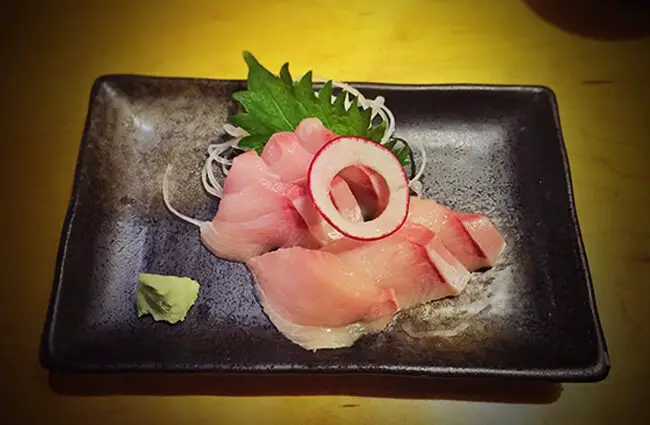

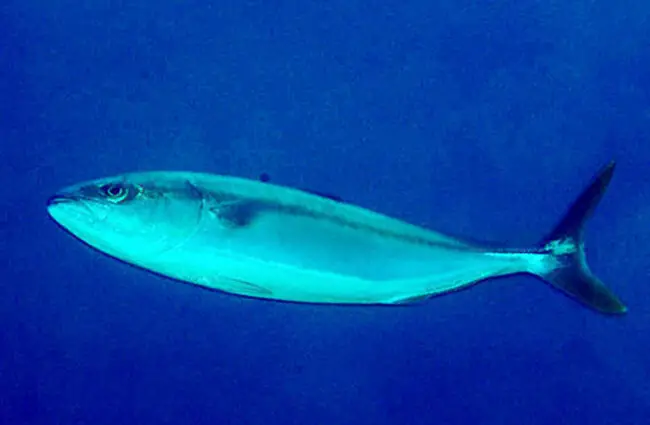

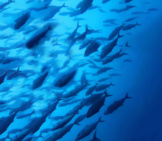
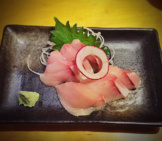
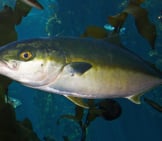
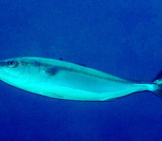
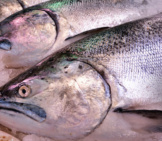
![Red Angus Closeup of a beautiful Red Angus cowPhoto by: U.S. Department of Agriculture [pubic domain]https://creativecommons.org/licenses/by/2.0/](https://animals.net/wp-content/uploads/2020/03/Red-Angus-4-238x178.jpg)












![Red Angus Closeup of a beautiful Red Angus cowPhoto by: U.S. Department of Agriculture [pubic domain]https://creativecommons.org/licenses/by/2.0/](https://animals.net/wp-content/uploads/2020/03/Red-Angus-4-100x75.jpg)

